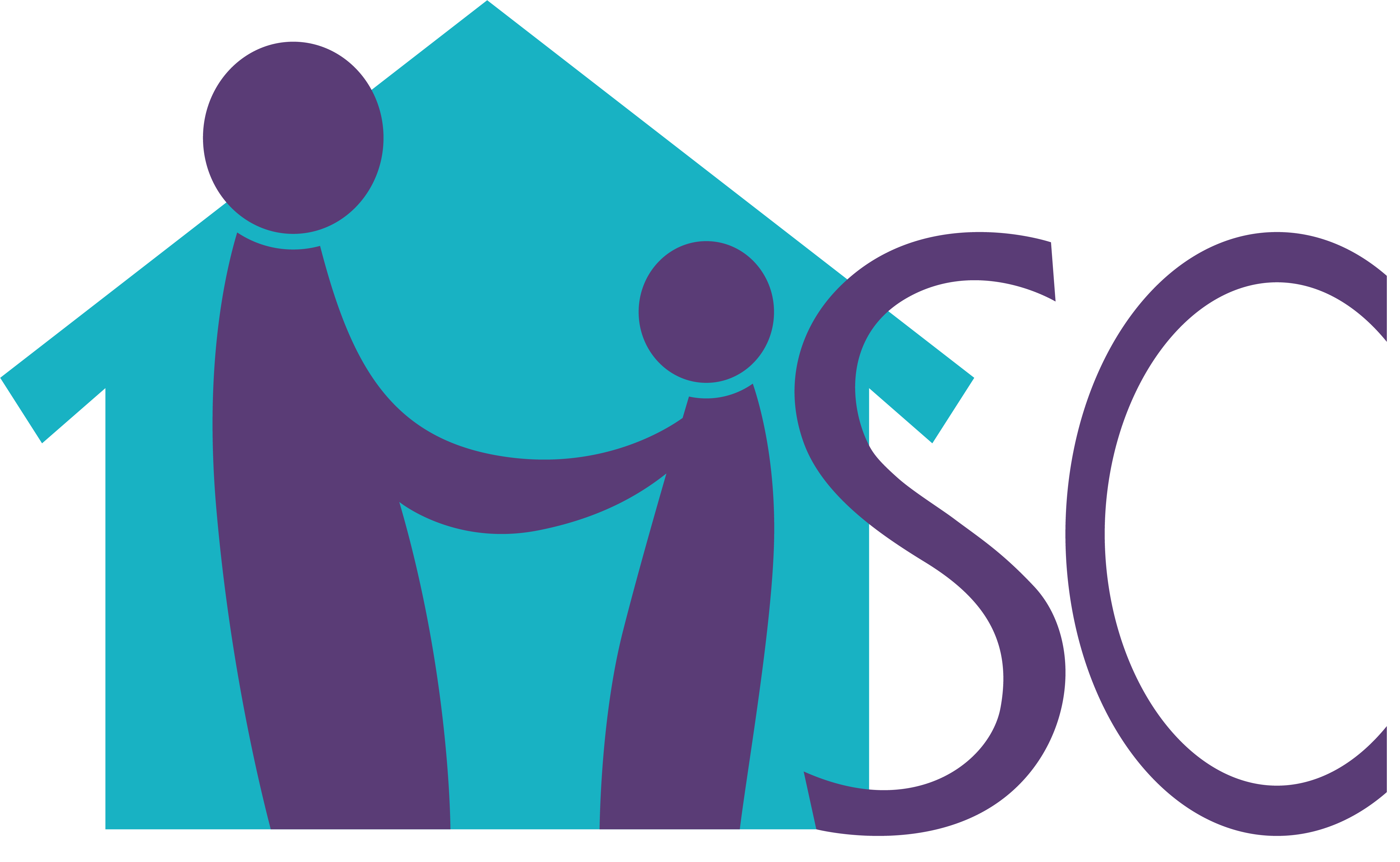When we have a bad dream, talking about it is difficult. It feels as though talking about the dream and remembering it makes it more real and concrete. It is easier instead to push it to the back of our minds and forget about it. Unfortunately, “out of sight, out of mind” is not a productive form of healing for children in foster care that have been living nightmares and have been exposed to unimaginable forms of trauma. When working through those traumas it is important to be able to share live stories and events. Talking one on one with a therapist and sharing those dark memories can often be difficult for a child, so we break down some alternative forms of therapy that help children through the process of healing!
Sand Tray Therapy
In Sand play, a child is given full control over a table sized sandbox and a surplus of figurines. This nonverbal therapy allows the child to create a miniature world, and act out stories, struggles, and concerns as a therapist looks on. This is particularly useful for younger children that have a hard time expressing their thoughts and feelings.
Equine Assisted Therapy
Equine therapy is done with the assistance of horses. Horses are known to reflect a person’s demeanor which gives a therapist better insight into how the children are feeling. Starting off simply, children are allowed to become acquainted with the horse by feeding and brushing. Later the children are given simple tasks to complete with the horse, such as leading them through a course. Working with horses is a great way to teach social skills, boundaries, self-esteem, mindfulness, and much more!
Play Therapy
Similar to Sand Tray Therapy, play therapy allows a child to act out and recreate past events in a safe space. A child can give their voice to a character and thoughts and feelings that they were not able to express, are better expressed through their interactions with toys and imagination.
Art Therapy
Art therapy allows self-expression and creativity to be the communication tool between child and therapist. A child given free reign, or simple directions such as “draw a picture of your family” and share thoughts, feelings, and memories that they would have a hard time otherwise verbalizing.
Although the most common form of therapy, traditional talk therapy is not always the most beneficial for the healing of foster children. At Human Services Consultants, we help our families to explore all options to find the best fit for our families and children to ensure that they get started on the most successful path to healing and growth!

